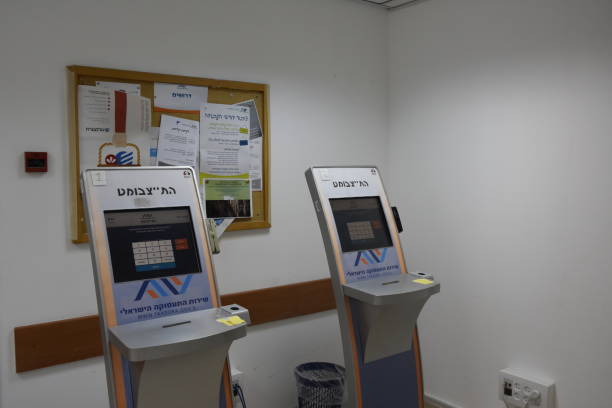Introduction: Blockchain Technology of introduction
Blockchain technology is a digital ledger used to record transactions. Its concept is so simple that blocks of data are linked in a chain, creating a secure and transparent system. This technology, which was previously associated with surf cryptocurrency, is now bringing a big change to the financial sector. In this article, we look at how blockchain is revolutionizing the financial sector and what its benefits and challenges are.
How does blockchain technology work?

Blockchain is a decentralized system where blocks of data are linked into a chain. Whenever a transaction occurs, it is added to form a new block and linked with the old blocks. This means that the information in each block is linked to the previous blocks, making the data secure and immutable. This technology is tamper-proof, because if any block needs to be replaced, the old blocks will also have to be replaced, which is practically impossible.
Transparency and security in financial transactions
Blockchain technology makes financial transactions transparent and secure. A record of each transaction is stored on the blockchain, which can be verified at any time. The chances of fraud and corruption are reduced, as the history of every transaction is available. Financial institutions are integrating transparency into their operations so that trust can be built and mistakes can be made.
Blockchain’s Role in Facilitating Cross-Border Payments

Cross-border payments, traditionally slow and expensive, can be streamlined with blockchain technology. Transactions are done instantly and securely using blockchain, which is faster and more efficient than traditional banking systems. This technology eliminates middlemen, reducing transaction costs and processing times.
Smart Contracts: Automating Financial Contracts
Smart Contracts are self-executing contracts that are executed on the blockchain. When the predefined conditions are met, the smart contract is executed automatically. It automates financial transactions, such that manual intervention is not required. It improves compliance and efficiency, and makes conflict resolution easier.
Fraud Prevention and Risk Management

Blockchain technology is also used in the financial sector for fraud prevention and risk management. The tamper-proof nature of blockchain helps detect unauthorized changes. This technology secures financial transactions and records, which is effective in detecting fraudulent activities. Organizations are integrating technology into their risk management strategies.
Benefits of Blockchain in KYC and AML Processes
Know Your Customer (KYC) and Anti-Money Laundering (AML) processes, critical to financial institutions, can be improved with blockchain technology. Easily verify customer data is securely stored on the blockchain and can be verified. This data duplication and errors can be worked out, and regulatory compliance can be improved.
Tokenization: represent the asset digitally.
Traditional assets, such as real estate and stocks, can be digitized with the help of blockchain technology. This process is called “tokenization”, where physical assets are converted into digital tokens. Tokenization allows assets to be easily traded and transferred, increasing liquidity and accessibility.
Enhancing financial market infrastructure
Blockchain technology is also expanding the financial market infrastructure. Can the use of technology streamline trading, clearing, and settlement processes? The decentralized nature of blockchain makes market infrastructure robust and flexible, reducing operational risks and inefficiencies.
Blockchain and fintech innovations
The fintech industry is developing financial products and services using blockchain technology. Digital wallets, decentralized finance (DeFi) platforms, and blockchain-based lending solutions are among the most innovative innovations, with blockchain technology at the core. These innovations make financial services more accessible and efficient, and challenge traditional financial systems.
Blockchain of Impact Financial Inclusion Par
Blockchain technology also promotes financial inclusion. Can technology provide financial services to underserved and unbanked populations? Blockchain-based solutions offer low-cost and accessible financial services, benefiting rural and developing areas. This can lead to economic empowerment and increased financial stability.
Regulatory Challenges and Blockchain
Along with the adoption of blockchain technology have come regulatory challenges. Governments and regulatory bodies are monitoring the implementation and use of blockchain technology to ensure compliance and security. Regulators are having to understand and manage the technological complexity and evolutionary nature of blockchain, which is a significant challenge.
Future trends and blockchain technology
The future of blockchain technology is bright, and its adoption and integration is expected to increase in the coming years. Emerging trends, such as blockchain interoperability, scalability solutions, and increased privacy, will help further advance the technology. Blockchain applications and use cases in the financial sector will continue to evolve, creating new opportunities.
Conclusion: The future of blockchain technology
Blockchain technology is revolutionizing the financial sector, and its benefits and potential are still being explored. It is improving the transparency, security, and efficiency of technology, and redefining financial transactions. In the future, blockchain technology innovations and applications will further transform the financial sector, creating new possibilities.



